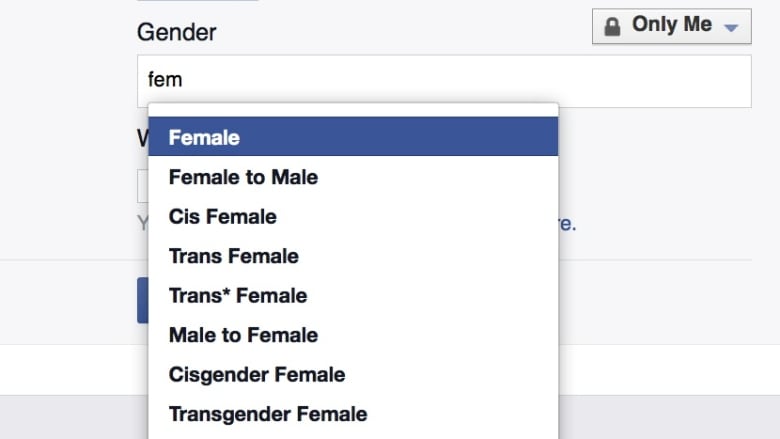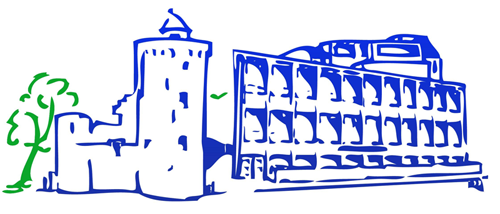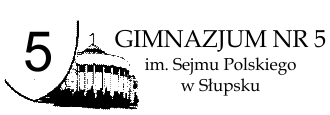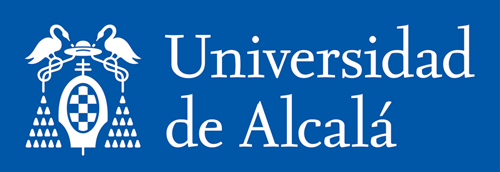INTRODUCTION
What are we talking about?
This section will look at sexual identity and sexual orientation. What do these terms mean, and how do we understand them today?
Let’s start at the beginning. The commonly used term ‘LGBT’ stands for Lesbian, Gay, Bisexual and Transgender. There are many extended versions of this acronym. Some include an ‘I’ for intersex, a ‘Q’ for queer or questioning, an ‘a’ for asexual – and the list goes on.
It is helpful to have an umbrella term, but it is important to point out we’re talking about a few different things here:
- Lesbian, gay and bisexual are terms that describe a person’s sexual orientation, more specifically their emotional and/or sexual attraction to a particular gender.
- Transgender refers to someone’s gender identity, or how people relate to the sex they were assigned at birth.
- Intersexis a biological termreferring to people whose sex characteristics do not fit the typical binary notions of male and female (UN OHCHR, 2015).

Source: http://www.tandfonline.com/doi/full/10.1080/00224499.2013.871691?scroll=top&needAccess=true
Research suggests that sexual orientation and gender identity are fluid rather than fixed. This means that an individual’s sexual orientation and gender identity should be mapped on a spectrum, rather than assigned to any one category (Academy of Science of South Africa, 2015). There are many ‘boxes’; where a person fits – and whether they fit anywhere at all – should be up to them.

An interesting example: Facebook offers users 71 ‘gender options’. You can identify, among others, as a man or a woman, but also as transgender, gender fluid, agender, questioning, and… two-spirited (yes!). Some people have celebrated this, some have laughed. Many continue to find some of these ‘options’ difficult, or even disgusting.
Born this way?
In the past few years, science has made huge strides in understanding sexual orientation. There is much left to be discovered and explained, but there is strong evidence for the biological origin of our sexual identity.
In a recent article, Qazi Rahman shares an overview of the most recent studies on this subject (Rahman). Twin studies show that ‘genes for sexual orientation’ exist, and that pre-natal sex hormones play a role. Our brain serves up further proof: “Differences in brain organisation mean differences in psychology and study after study show differences in cognition between heterosexual and gay people. Thus gay differences are not just about who you fancy. They are reflected in our psychology and the ways we relate to others. The influence of biology runs throughout our sexual and gendered lives.” (Rahman).
Getting our heads around this is difficult, especially for those of us who are not scientists. Much of the recent evidence centres on epigenetics: the study of biological mechanisms that will switch genes on and off. Evidence suggests that women who already have one or more sons are more likely to ‘switch on’ the epigenetic markers for homosexual in male foetuses to limit potential competition between males in the family. Gay men are also a great source of support to large families, as they help lighten the burden and don’t add any children of their own. In other words, diversity in sexual orientation improves our chances of survival as a family, and as a species.
For a simple, straightforward and inspiring explanation of how that might work in practice, watch this TedX talk by X here.
It’s nothing new
An argument often used by homophobic and transphobic people is that homosexuality is ‘not normal’. They will label it as something ‘new’, something ‘modern’ and ‘Western’ – an ‘abnormality’. They may even label it as an illness or a disease from which society should be protected at all cost.
This is simply is not true. The previous section has illustrated that, biologically, homosexuality is completely natural. History, too, shows us that homosexuality is not a ‘modern’ invention or construct.
Homosexuality was an integral part of social life in 4th and 5th century Athens. There’s plenty of proof for that, from poetry and literature to vases and statues to myths, medical texts and political speeches (Livius[LG1] ). Alexander the Great, to name one of the most famous Greeks, is widely known to have had sexual relationships with men – in addition to being a prolific womanizer. Plato, one of history’s most influential philosophers, shared this well-known piece on the ‘origin of love’ in his Symposium:
The first of these sources is Plato’s Symposium, where Aristophanes describes the origin of love. Originally, he says, humans were conjoined, with each pair making a complete person. Some of these pairs were both male, some both female, and some partnerships contained a male and a female. However, Zeus decided to punish humans for their arrogance, splitting the creatures down the middle and detaching ourselves from our literal ‘other halves’.
You don’t need to go as far back as ancient Greece to find beautiful celebrations of love in all its forms. Michelangelo and Shakespeare celebrated gay love in their sonnets; Leonarda da Vinci, perhaps history’s greatest ever inventor, enjoyed a hedonistic court life and is said to have had several relationships with men. Oscar Wilde was arrested and jailed for having a homosexual relationship; Tchaikovsky’s homosexuality is well known but rarely recognised in his native Russia, and Alan Turing – whose ‘enigma’ decoder is said to have shortened world world II by half a decade, saving millions of lives – was institutionalised for his ‘illness’.
If it looks like a duck and quack likes a duck…? Being gay versus behaving gay
We are all different in our likes and dislikes, and no two people look the same. That same diversity can be found in our sexual identity and our sexual orientation. Most of us may identify as male of female; most of us feel attracted to the opposite sex. But when our preferences don’t match society’s norms or expectations, or our own deeply held values, it can be difficult to express those preferences.
This is why many people only ‘come out of the closet’ later in life, sometimes only after they’ve been married and had children. They did not wake up one day and decided to be gay, and they did not change. But they somehow chose, from that moment on, to openly express their sexual preference.
Not all men with homosexual preferences are comfortable having relationships with men; some of them choose to date or marry women. And women who are attracted to women may date or marry men. It is absolutely critical that we create safe and secure spaces – schools, among others – for men and women to freely express their sexual and gender identities. But it is equally important to respect individual choices. It is true that not everyone is given a choice: sometimes homosexual men and women marry members of the opposite sex because they are given no other option. But sometimes they do so because it’s important to them, to their family, and to the community they live in. Who are we to judge?
DISCUSSION QUESTIONS
- Do you agree that homosexuality and bisexuality are natural? If not, why not?
- Do you feel comfortable talking about homosexuality? What makes you (un)comfortable?
- Do you know any homosexual, bisexual or transgender celebrities or public figures?
- Do you have any homosexual, bisexual or transgender people in your own circle of family and friends?
RESOURCES
- A Super Brief and Basic Explanation of Epigenetics for Total Beginners https://www.whatisepigenetics.com/what-is-epigenetics/
- Homosexuality in Greece and Rome: a sourcebook of basic documents in translation http://www.laits.utexas.edu/ancienthomosexuality/readindex.php
- National geographic: how science helps us understand gender identiy https://www.nationalgeographic.com/magazine/2017/01/how-science-helps-us-understand-gender-identity/














